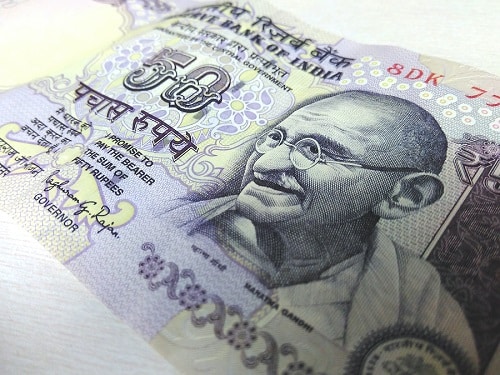With the Reserve Bank of India (RBI) launching India’s first pilot for a retail digital rupee (e₹-R/eINR/E-Rupee) this month, we look at what this means and what the benefits could be.
Why?
The pilot will help to decide whether India could intrpduce one of the world’s first nationwide digital currencies. It is thought that having a digital currency could boost India’s digital economy and, thanks to blockchain and the other technolgies that it’s built on, could create a more efficient and cheaper currency management system.
What Is Digital Currency?
A digtital currency such as the one in the Indian pilot scheme is known as a central bank digital currency (CBDC). This means that it is a type of money / fiat currency issued by central bank that exists only in digital form (instead of printing money) for people to use as legal tender. This is different to a cryptocurrencies which are digital assets on a decentralised (blockchain) network.
How Will It Work?
Banks will offer users a digital wallet which can be stored on a mobile phone or other device. Digital tokens, in the same denominations as the the physical rupee can be stored in the digital wallet. Users can then transact the token through the digital wallet (offered by the banks in the pilot) person-to-person and person-to-merchant using the QR codes displayed in the merchants’ stores. A digital Rupee, however, is not paid any interest by the central bank although deposits held in the bank can be converted into digital rupees and vice-versa.
Eight Banks
The pilot will involve eight banks in total.The first phase will invlove four banks: State Bank of India, ICICI Bank, Yes Bank, and IDFC First Bank. The next phase will invlove Bank of Baroda, Union Bank of India, HDFC Bank and Kotak Mahindra Bank.
Cities
The pilot will take place in the following Indian cities: Mumbai, New Delhi, Bengaluru, and Bhubaneswar, and later in Ahmedabad, Gangtok, Guwahati, Hyderabad, Indore, Kochi, Lucknow, Patna, and Shimla.
When Could It Be Launched If The Pilot Is Succesful?
RBI said at the beginning of the year that it would introduce a digital currency in 2022 or 2023.
Benefits
Some of the benefits of having a digital Rupee could include:
– Convenience and speed for users and merchants and liberate merchants from the cost and trouble of having to go to the back with cash.
– Propelling India’s transition towards becoming a cashless society.
– Freeing banks from having to maintain sufficient cash deposits before they expand their loan books and from the risk of bank-runs which can result from unrestrained expansion of loan books.
Drawbacks
Some drawbacks of a digital rupee system could include:
– Disruption to the banking system. For example, when interest rates are low, people could convert their bank deposits into digital currencies which could cause cash holdings of banks to drop and hinder the banks’ capacity to create loans.
– Centralised implementation rather than the decentralisation the cryptocurrencies have.
– Possible privacy issues / and/or possibilities of security problems.
– Take-up, inertia (training ) etc.
What Does This Mean For Your Business?
Particularly since the pandemic, developed countries are moving more towards becoming cashless societies anyway and India sees a digital currency controlled by its banks as a way to speed this along and boost its digital economy. Blockchain has proven itself to be a very valuable technology in many industries and especially for cryptocurrencies, and now for digital currencies.
India is not the first country to try it (China has one and other world banks are running trials) but digital currencies look as though they could benefit consumers (convenience), merchants (cost savings and increased efficiencies) and banks (reduced risk and more control). It remains to be seen what the final outcome of the pilot will be but India appears to be looking to follow China in introducing a CBDC quickly if the signs are good.




